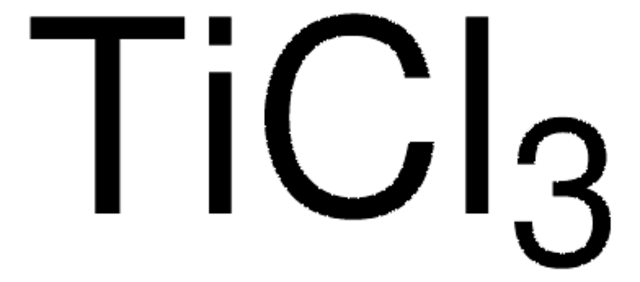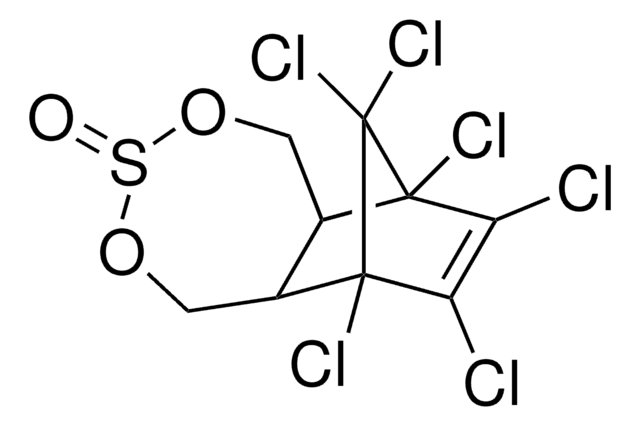All Photos(1)
About This Item
Empirical Formula (Hill Notation):
C9H22O4P2S4
CAS Number:
Molecular Weight:
384.48
Beilstein:
1804530
MDL number:
UNSPSC Code:
41116107
PubChem Substance ID:
Recommended Products
grade
analytical standard
packaging
ampule of 250 mg
manufacturer/tradename
Chem Service, Inc. PS-92
SMILES string
CCOP(=S)(OCC)SCSP(=S)(OCC)OCC
InChI
1S/C9H22O4P2S4/c1-5-10-14(16,11-6-2)18-9-19-15(17,12-7-3)13-8-4/h5-9H2,1-4H3
InChI key
RIZMRRKBZQXFOY-UHFFFAOYSA-N
Looking for similar products? Visit Product Comparison Guide
Choose from one of the most recent versions:
Certificates of Analysis (COA)
Lot/Batch Number
It looks like we've run into a problem, but you can still download Certificates of Analysis from our Documents section.
If you need assistance, please contact Customer Support.
Already Own This Product?
Find documentation for the products that you have recently purchased in the Document Library.
B Surendra Nath et al.
Ecotoxicology and environmental safety, 42(2), 157-162 (1999-03-03)
The effect of widely used commercial-grade organophosphorus insecticides, namely, fenitrothion and ethion, on acetylcholinesterase activity and acetylcholine levels in brain, fat body, and silk gland of Bombyx mori on Days 1, 3, and 5 and food intake of the fifth
O S Anziani et al.
Veterinary parasitology, 91(1-2), 147-151 (2000-07-13)
A field study was conducted in central Argentina to evaluate the efficacy of ear tags containing 36% ethion against pyrethroid resistant populations of Haematobia irritans on grazing dairy cattle. The treated group consisted of 45 milking Holstein cows which received
G K Bhatti et al.
Cellular and molecular biology (Noisy-le-Grand, France), 57(1), 70-79 (2011-03-04)
Erythrocyte membranes are an excellent model system to study interaction of pro-oxidants with membranes. The aim of the present study is to examine the effect of vitamin E on ethion-induced biochemical and morphological alterations in erythrocytes. Ethion was administered to
L John R Foster et al.
FEMS microbiology letters, 240(1), 49-53 (2004-10-27)
The organophosphate pesticide, Ethion, remains a major environmental contaminant in rural Australia and poses a significant threat to environmental and public health. The aerobic degradation of Ethion by mesophilic bacteria isolated from contaminated soils surrounding disused cattle dip sites was
Huilong Xia et al.
Bioresource technology, 97(8), 1050-1054 (2005-06-29)
The potential of water hyacinth (Eichhornia crassipes) to remove a phosphorus pesticide ethion were investigated. The disappearance rate constants of ethion in culture solutions were 0.01059, 0.00930, 0.00294, and 0.00201 h-1 for the non-sterile planted, sterile planted, non-sterile unplanted, and
Our team of scientists has experience in all areas of research including Life Science, Material Science, Chemical Synthesis, Chromatography, Analytical and many others.
Contact Technical Service







